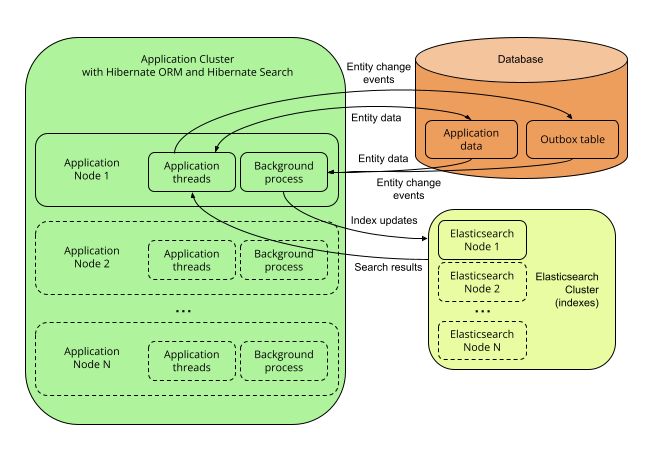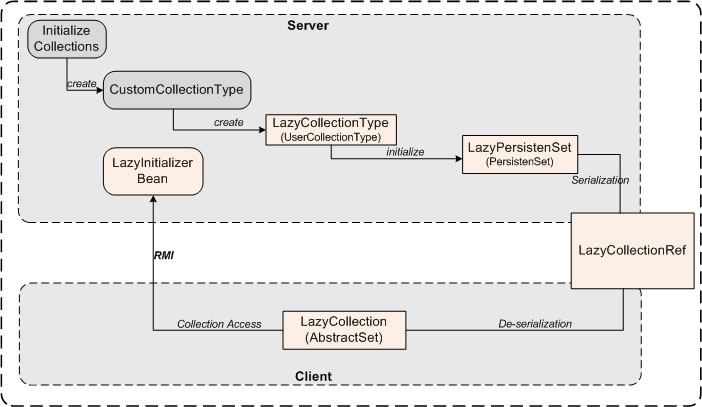Roads & PavementRoads & Pavement
Barefoot
Minimal
Low
Medium
High
Maximal
All around running shoes offer comfort and cushioning for daily runs, jogs, walks, and long mileage. They offer enough versatility for both faster and slower runs and are a great option for those who want one running shoe to do it all.
Fast run or uptempo running shoes are lightweight and responsive. They offer streamlined designs that have minimal uppers and offer a high level of energy return. These shoes are a great option for faster runs in the week or those looking for a livelier experience.
Max Cushion shoes offer premium cushioning with ample ground protection and a stable ride. These types of shoes provide abundant impact protection that softens landings while running at any pace or distance. These types of shoes are best for slower recovery runs and easy days where comfort takes priority.
Racing shoes are designed with optimal performance in mind. These types of shoes have snug-fitting uppers, energetic midsole foams, and features implemented for maximum efficiency. These types of shoes are best for runners looking to gain the ultimate advantage in races but may sacrifice some durability and comfort.
Gym Workout shoes offer a stable and versatile ride. They have a firmer underfoot feeling that provides stability for lateral movements with comfortable uppers. These types of shoes are best for trips to the gyms, cross training, casual wear, and light running. Hibernate FetchMode explained by example Solid Syntax
Road running shoes feature smooth outsoles that are designed for running on paved surfaces such as roads, sidewalks, and bike paths.
Designed to handle most trail runs, these shoes prioritize comfort and a smooth ride. These shoes are great for anything from smooth singletrack, park trails, and fireroads making them ideal for those who run from their doorstep on streets before hitting the trail.
These shoes are best used for hard, rugged trails such as shale, granite or sandstone where grip on smooth surfaces and underfoot protection are important.
Designed for use in muddy, soggy conditions, these shoes feature very aggressive outsoles that dig deep into soft ground for exceptional traction.
These shoes feature technical outsoles designed to grip snowy and icy trails making them ideal for winter trail running.
Cushioning level, or stack height, refers to how much shoe is between your foot and the ground. For this category, we reference the amount of cushioning below the forefoot as the heel height will be equal to or greater than the forefoot height.
Hibernate JPA Annotations Revocare Solutions
0-13mm. The Shoe generally does not have a midsole and feels like there is no cushioning. This shoe is all about feeling the ground underfoot.
14-18mm. The shoe has a thin midsole that allows for a natural running experience. Racing shoes and minimalist shoes are common here. These shoes offer a feeling of being connected to the road or trail.
19-23mm. The shoe has a slightly cushioned feel and may feature added cushioning technologies. Performance training shoes and some trail shoes are common here. These offer protection during footstrike but prioritize a lightweight, grounded experience.
24-28mm. These shoes have a stack height that fall near the middle of the spectrum.The shoes in this category are verstaile and great for all types of runs and distances.
29-34mm. The shoe has a thick midsole and ample cushioning. These shoes are highly protective and absorb more impact than the body.
35mm plus. The shoe has an extremely thick midsole and extra cushioning. The focus is on protection and soft foam underfoot with hardly any ground feel.
Neutral shoes support the foot through a normal range of arch collapse and generally do not have a built-in technology to correct movement.
Stability shoes are a great option for those who overpronate or need added support. These shoes help to limit the inward rolling motion of the ankle while running or walking and assist in guiding the foot straight through the gait cycle. JPA One To One Relationship Fetch type Relationship Direction
Product Details:
Chapter 12. Fetch plans strategies and profiles Java store, FetchMode w Hibernate czyli jak pobiera dane store, Hibernatejoinfetch PPT store, Hibernate ORM User Guide store, Why you should avoid EXTRA Lazy Collections with Hibernate Vlad store, Hibernate JPA Annotations Revocare Solutions store, Hibernate Tutorial 12 Proxy Objects and Eager and Lazy Fetch store, Hibernate Search 7.0.0.Final Reference Documentation store, Chapter 12. Fetch plans strategies and profiles Java store, A Walk to Lazy Fetching With Hibernate and Spring Data JPA Foojay.io store, Difference between fetch mode and fetch type in Hibernate. javapedia store, JPA and Hibernate Cascade Types store, FetchType Lazy Eager loading for Hibernate JPA store, Cascade Types in JPA and Hibernate store, N 1 select JOIN FETCH Hibernate Keep code clean store, Remote Lazy Loading in Hibernate TheServerSide store, JPA One To One Relationship Fetch type Relationship Direction store, Hibernate JPA Annotations Revocare Solutions store, Hibernate FetchMode explained by example Solid Syntax store, Hibernate Search 7.0.0.Final Reference Documentation store, The best way to fix the Hibernate MultipleBagFetchException store, Hibernate Fetch Type Lazy or Eager Simple Answer by Konstantin store, java Eager loading at Collection level with Annotation in store, Optimizing fetching and caching Hibernate store, A Walk to Lazy Fetching With Hibernate and Spring Data JPA Foojay.io store, Hibernate Fetch Type Lazy or Eager Simple Answer by Konstantin store, 14 Hibernate Tutorial Fetch EAGER LAZY store, A walk to Lazy Fetching With Hibernate and Spring Data JPA by store, 14 Hibernate Tutorial Fetch EAGER LAZY YouTube store, Optimizing fetching and caching Hibernate store, Hibernate Relations Cascade Types Fetch Types and Orphan Removal store, An Introduction to JPA FetchTypes store, FetchType Lazy Eager loading for Hibernate JPA store, An Introduction to Hibernate 6 store, Hibernate Fetch types Javainsimpleway store, Hibernate Tutorial 12 Proxy Objects and Eager and Lazy Fetch Types store, Optimizing fetching and caching Hibernate store, java Hibernate Why FetchType.LAZY annotated collection store, Hibernate Lazy vs Eager loading Example JavaTute store, java Spring Data JPA Hibernate ManyToOne fetch FetchType.LAZY store, Proxy Objects and Eager Lazy Fetch Types in Hibernate Dinesh store, Guide to Lazy Loading in Hibernate store, Proxy Objects and Eager Lazy Fetch Types in Hibernate Dinesh store, Hibernate Lazy Fetch vs Eager Fetch Type store, A beginner s guide to Hibernate fetching strategies Vlad Mihalcea store, hibernate Difference between FetchType LAZY and EAGER in Java store, Hibernate Relations Cascade Types Fetch Types and Orphan Removal store, hibernate Difference between FetchType LAZY and EAGER in Java store, hibernate Difference between FetchType LAZY and EAGER in Java store, Hibernate Eager Lazy Loading GeeksforGeeks store, Product Info:
Hibernate fetch types store.
- Increased inherent stability
- Smooth transitions
- All day comfort
Model Number: SKU#7582080





